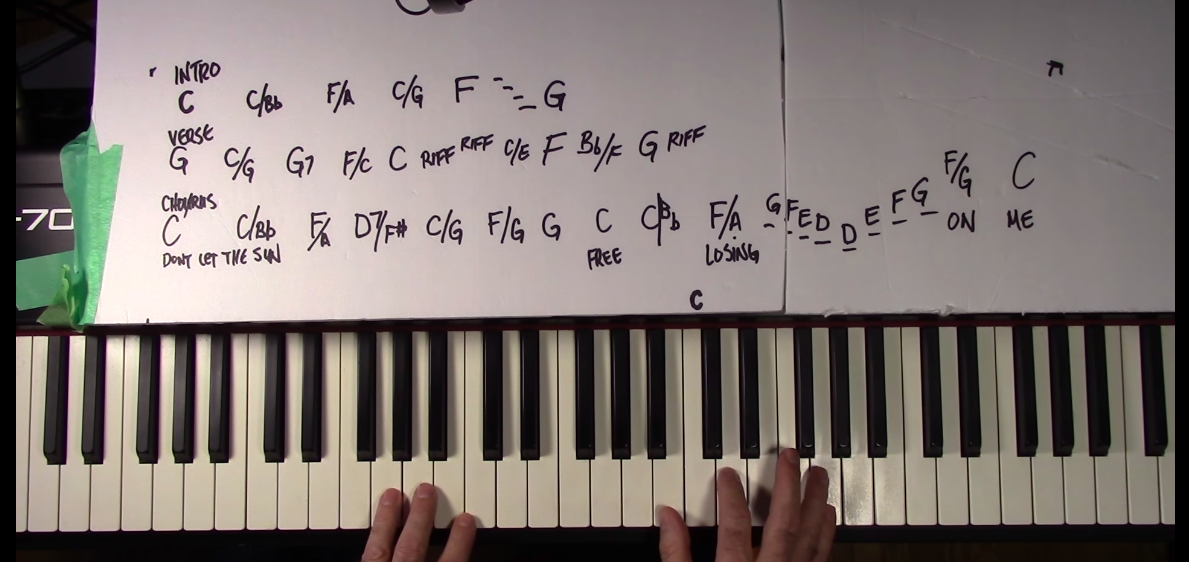Please see the section labelled "chorus" in the screenshot below:
My textbook labels these same chords as follows:
I V(2-4)/IV vi7 V(6-5) I(6-4) V11 V I
I have questions regarding the second and third chords (I haven't looked any further than that).
So, the second chord is the third inversion of the fifth of IV. In C, this would be a C chord with an G note in the root. If that is the case, then where did the b-flat note come from? I understand that b-flat is the minor 7th of C, so then would this be a dominant 7 chord? If so, then I am wondering why my textbook didn't notate it as such.
Moving on, this third chord is a vi7. A seventh from A is G, no? So, following my textbook, I would play A in the bass and something that included the g note in my right hand. But, in the screenshot, the youtuber just plays an F major chord in his right hand. Keep in mind that in the video (link:
(go to 29 seconds in)) these chords all sound accurate.Any attempt to clear up my confusion is appreciated.

